Quick guide on climbing to the Top of the world
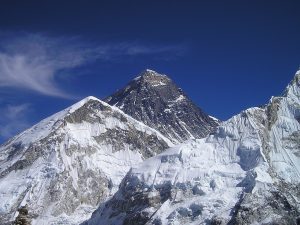 “Because it is there”. These are the words people use to justify the unjustifiable. Thanks Malory. It’s hard. Many climbers have conquered Mount Everest but many climbers have died too. It is the highest mountain in the world. Climbing Mount Everest is a big challenge. You have to be physically sound, and acclimatised to both cold weather and high attitude.
“Because it is there”. These are the words people use to justify the unjustifiable. Thanks Malory. It’s hard. Many climbers have conquered Mount Everest but many climbers have died too. It is the highest mountain in the world. Climbing Mount Everest is a big challenge. You have to be physically sound, and acclimatised to both cold weather and high attitude.
Please go through the quick Mount Everest climbing guide below.
Permits
Nepal Mountaineering Association is authorised to issue permit to climb Mount Everest. Visit Nepal Mountaineering Association page for more details.
Laws & Rules
You have to abide by Nepal Government’s Laws during your visit to Nepal.
Accommodation
Accommodation is normally organised by your agents but if you are climbing solo or without booking travel agent, there are many good places to stay. You have to fly to Kathmandu first, then to Lukla and trek to Everest Base Camp. Trekking takes about 10-15 days. There are plenty of good hotels in Kathmandu to suit any need or budget. There are also many places to stay in Lukla. Normally your first stopover would be Namche Bazaar, It takes about 4-7 hours depending upon your backpack load and the number of times you take rests. Namche has a 5 Star Hotel – Hotel Everest View and many tea houses. There are many tea houses from Lukla on the way to Everest Base Camp.
Costs
Nepal government charges permit fee of 11,000.00 USD to climb Mount Everest (while writing this post) which will allow you to enter any other places in Everest region that require entry fee. Visit Nepal Government site to find the latest costs.
It costs from 40,000 USD to 70,000 USD in total including gears, travel, accommodation, guides and permit fee.
Climate
Temperature is around -18 Degrees in summer to -36 Degrees in winter but can go as low as -60 Degrees Celsius on top. June-August is the Monsoon period and you can expect heavy rains. Unexpected storms and avalanches are other threats. April-May is considered the best time of the year.
What to wear
Mountaineering clothing
What to carry
There is a long list required to climb Mount Everest. Do not forget your medicine needs. Your expedition agent can give you the complete list to carry to trip to Mount Everest. Nepal Mountaineering Association (NMA) can also provide you with the complete list and guide you through. You can also hire Major equipment like Walkie Talkie, oxygen cylinders from Nepal Mountaineering Association.
Common carry on list
- Ice axes
- Crampons
- Carabiner system
- Alpine climbing harness
- Belay device
- Trekking poles
- Ascender
- Climbing helmet
- Sun hat, knit cap, and buff
- Ski goggles, face mask and nose guard
- Headlamp
- -40 down sleeping bag, inflatable sleeping pad, foam pad
- 32 to 40-lite, 55-liter backpack, two duffel bags, and toiletries bag
- Water purification kit
- Sunscreen
- Running shoes, high-altitude boots, hiking boots, insulated booties
- Oxygen unit
- Communication device
- Camera
- Appropriate clothing for 60-day mountaineering trip with temperatures ranging from 30 °C to -30 °C
- Climbing food (Your agent may not provide food during your climbing period. Please check with your agent)
Transport
Air plane, Cars/taxis, trekking
Distance
160 Kms direct line from Kathmandu city centre
Travel Time
About 90 days on arrival to Kathmandu to Departure from Kathmandu
What to do
Trekking and climbing Mount Everest
Trekking from Lukla to Everest Base Camp
Lukla to Phakding
Normally all the flights from Kathmandu to Lukla are early in the morning and reaches there before 10AM. Lukla is located at the height of 2,860 metres. Lukla airport is considered one of the most dangerous airports in the world. Only small planes can land at the airport. Travel agents will take you straight to Phakding unless the weather doesn’t permit. This part of the trekking is easier than others. It is nearly 8 Kms. The elevation of Phakding is 2600 metres.
Phakding to Namche Bazaar
On the second day, you will trek to Namche Bazaar which is about 10.5 Kms. Namche Bazaar is at the elevation of 3400+ metres. This part of trekking is harder as it is long and uphill trek.
Namche to Tengboche
The next part of your trek will be from Namche to Tengboche which is about 9 Kms. Tengboche is at the elevation of about 4,000 metres.
Tengboche to Dingboche
Next one is Tengboche to Dingboche. This one is again a long trekking distance of about 10.7 Kms. The elevation is about 3,870 metres. The air starts to get thinner and it gets colder as you keep going.
Dingboche to Lobuche (Lobuje)
Dingboche to Lobuche is about 9.7 Kms. Lobuche is located at the elevation of 4,900+ Kms. You will be going through steep & rocky trails.
Lobuche to Everest Base Camp
On this day, you will trek from Lobuche to Everest Base Camp via Gorak Shep. Some agents will stop overnight in Gorak Shep and trek to Everest Base Camp the next day. Elevation at Gorak Shep is 5,160+ and elevation at Everest Base camp is 5,380 metres. The distance is about 11.3 Kms. You will be hiking uphill and downhill on rocky slopes before you could reach Everest Base Camp.
Normally, your agent may give you few acclimatisation days in between Lukla and Everest Base Camp. Namche and Dingboche are popular spots for acclimatisation on the way to Everest Base Camp. You will be spending about 40 days in Everest Base Camp for acclimatisation and preparation. The number of acclimatisation days may differ between the agents and also depends on whether you’re an experienced mountaineer or a novice.
Everest Base Camp to Summit
The distance from Everest Base Camp to the summit is 20 Kms. It may take about a week to get to the summit. It takes between 6-9 hours from Camp 4 to the summit.
Dining
There are plenty of options available in Kathmandu, Lukla and Namche Bazaar. There are limited dining options available during your trekking days in tea houses and Everest base camp. Normally food is provided by your expedition agent for your entire trip (agents normally do not provide food for your actual climbing period)
Shopping
Handicrafts, painting, thanka

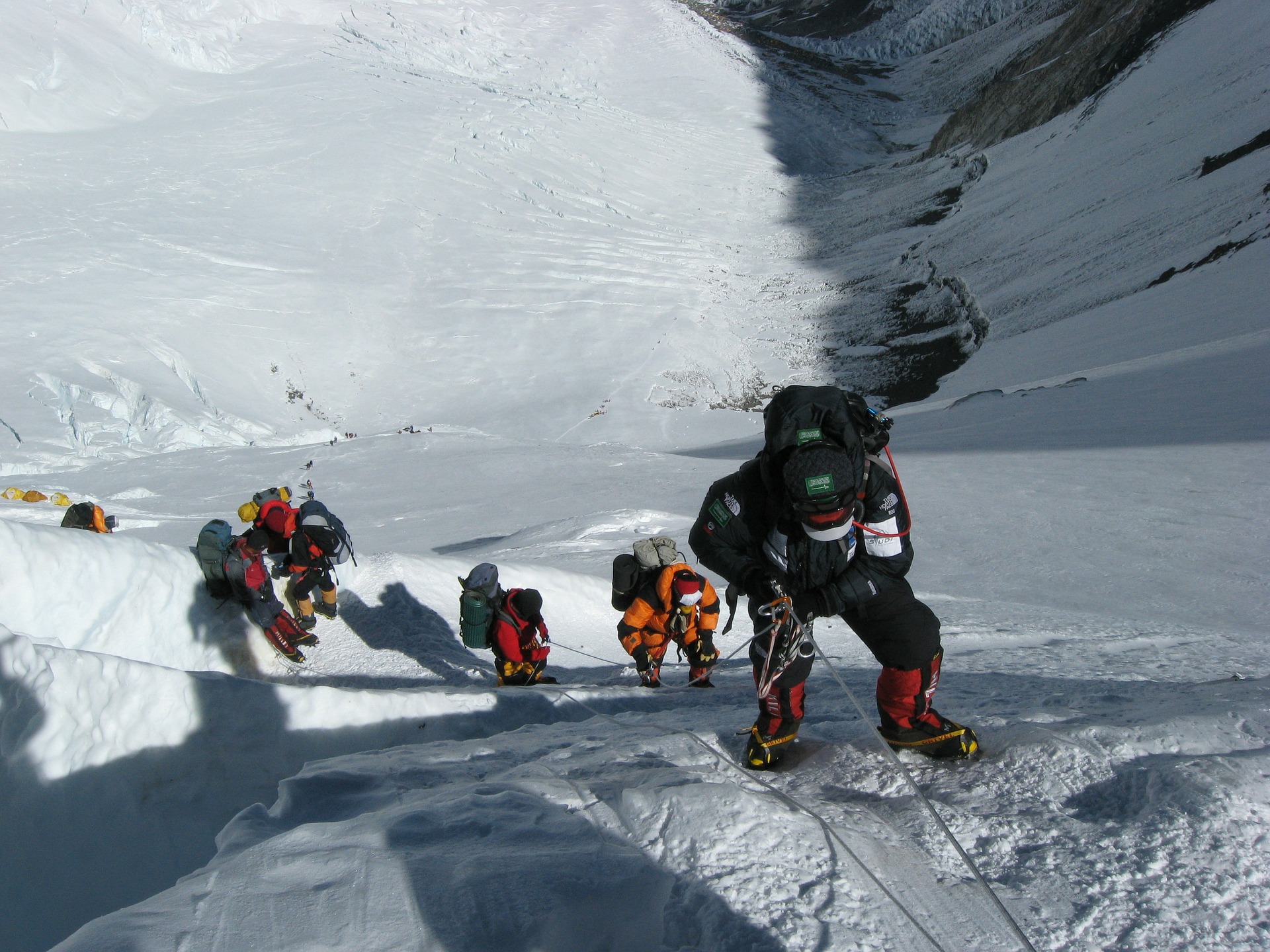
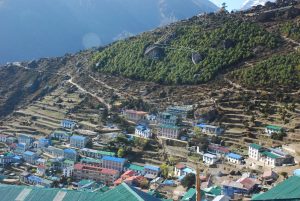
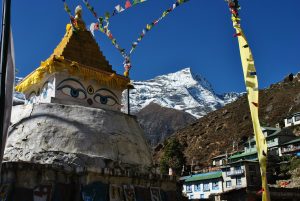
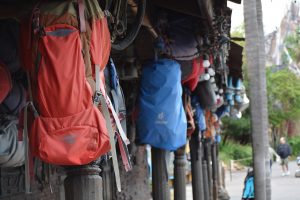
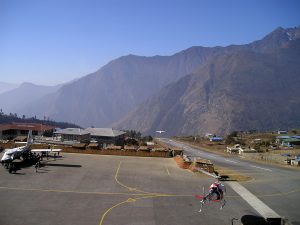
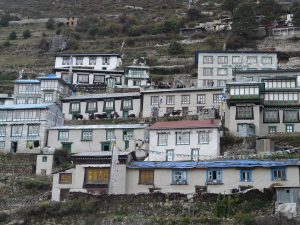
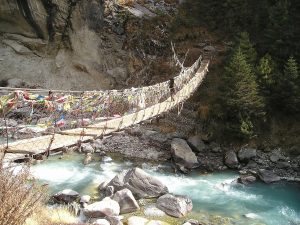
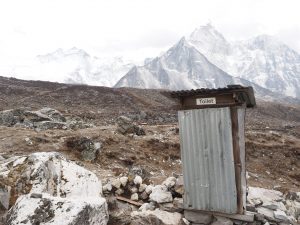


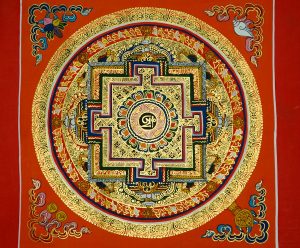

Comments are closed, but trackbacks and pingbacks are open.